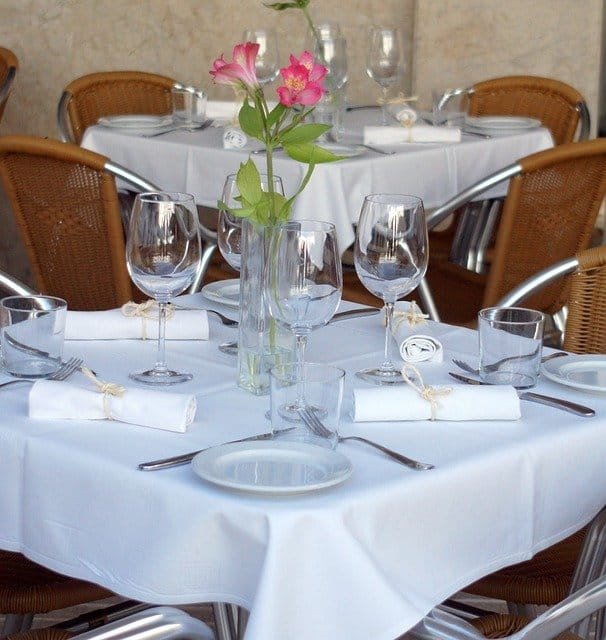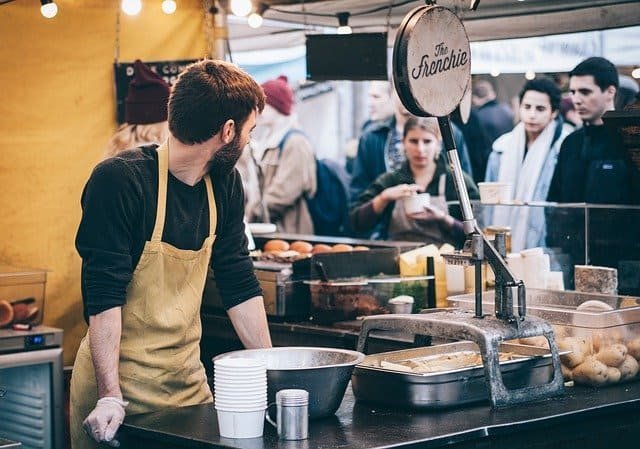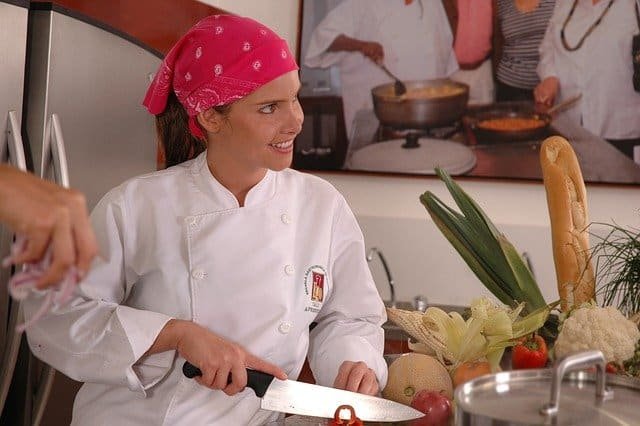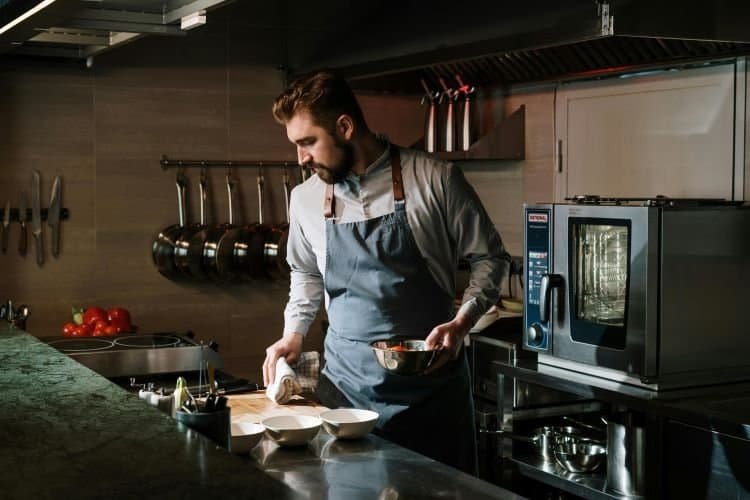9 Food Prep Essentials for your Restaurant Kitchen
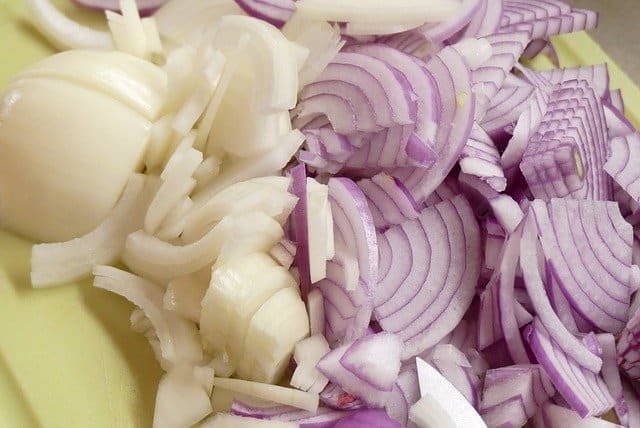
What are the must have tools in your restaurant’s kitchen for an efficient prep day?
Food prep can be tedious and cumbersome. There are a lot of different ways to store prepped products in various areas. Each area may require a different solution as well as each product needs its own storage method.
The best way to streamline the prep process is through proper training, consistent storage methods for each product, and having the right accessories to facilitate those methods. Here are a few items that I consistently use to solve these problems for fast efficient prep time and an organized kitchen after prep is complete. Making your tasks whether at a glance checks or a complete inventory count that much easier.
Let’s get started
Portion cups
These are invaluable! They are also inexpensive! Depending on the size you buy, most are just pennies per each. A 2oz disposable portion cup is usually around $.01 each. The lid is generally about the same making the whole assembly worth 2 cents, or 3 cents at most. Of course, as you go up in size the price does increase slightly but we’re talking generally a penny per unit.
Most valuable uses:
- To go condiments
- Dressings
- Low-use small items in dishes – especially those of high value
- Exact portion control for individual items

If you have a dish on your menu that calls for 2oz by volume of a certain ingredient, say bacon bits or shredded cheese, this is a great solution to maintain recipe integrity and control standards.
Deli Containers
These are a little more expensive per unit, however, I love them. This product is a staple in my kitchen when it comes to prep essentials.
These come in three basic sizes:
- 8 ounce
- 16 ounce
- 32 ounce
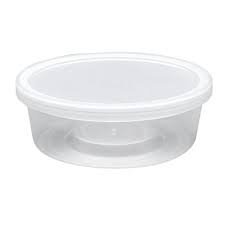
Most suppliers sell the lids separately, and that’s typically how I want to purchase them anyhow. There are some options to get the complete container in a specific size if you only use it for items such as soups and sauces.
One of the best things I love about these containers is they are great for prepping two-stage entrees. They are stackable both with and without a lid.
For Instance, I have an entree, let’s say it’s a pasta dish. I can place chopped components to the dish in a 16 or 32-ounce container. I can then put my sauce, 5 or 6oz in the 8 oz container place it on the top of the chopped set, use one lid, label and the preset is complete.
Now this puts the cost of the entire assembly at around $.28-.30. The dividends are paid on the back end in the form of portion control, consistency, and speed of service.
Portion bags
Do I even need to say how important these are? This is probably one of the most essential items on this list.
They usually come in a case of 2000 or more. They are CHEAP! Less than a penny per unit most of the time.


While most suppliers do offer bags with specific items or days, I don’t typically purchase those unless I have no other option. I buy generic unmarked bags and rely on my systems to manage my FIFO needs.
It’s cheaper and I’m not purchasing seven cases of something I only need one or two of. A case of 2000 should last a while depending on the volume of the restaurant.
Bag Saddle
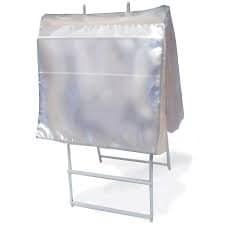
This goes right along with those essential portion bags above. I typically keep two of these in the kitchen at least.
This is just a simple tool that will facilitate the prep staff in speed and efficiency. This pays dividends in labor costs. One can load a bag directly on the stand, move it to the scale, and load another. This will help cut your prep times on simple portioning tasks
Ounce Scale
If you don’t have scales in your kitchen you are wasting valuable profit potential. Scales are the essence of portion control. Not only that they can help identify quality issues with various products.
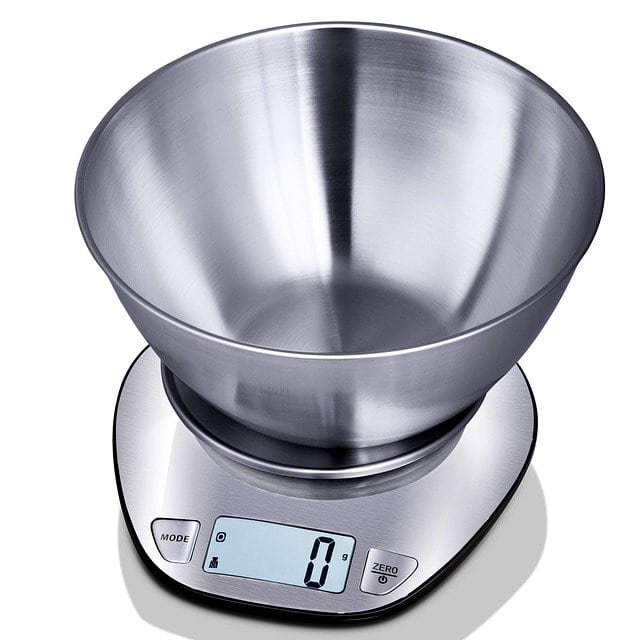

Ounce scales however are inexpensive and I usually keep at least three scattered around the kitchen. They last a long time unless someone inadvertently springs one, which does happen. This is one of the reasons that when it comes to scales, I keep it simple. I don’t buy digital. I don’t need the extra battery usage issue. I buy simple analog scales and it’s an easy train to a new staff member how to use, zero out, and tare a container.
Pound Scale
I keep a pound scale in the kitchen specifically for one or two purposes.
I weigh produce cases as they come in the back door. Things like lettuce, tomatoes etc. I know what they should typically weigh and I want to make sure I’m staying on top of the quality coming in the house. If I order mushrooms in a 10 lb case, I may weigh them to ensure I’m getting my money’s worth.
I also weigh a prep cook’s waste periodically. We’ll take onions. If I’m prepping sliced onions for the day I’ll weigh out 10 Lbs. and have the cook placed the waste in a separate container. I’ll weigh both the prepped product and the waste to get an exact yield for his or her prep. If we’re in the standards we’ve set, Great! If not we use it as a training opportunity, or maybe just the product wasn’t up to quality and they saved as much usable product as possible. Either way, you are now stocked with information you can use moving forward.

Labels
Proper labeling is necessary for product quality. To ensure your restaurant is serving the freshest product every day you use FIFO – First In First Out.

There are several styles and applications. What you purchase depends heavily on what the local health department may require.
Some labels are basic, some allow more information. You just need to find what works best for you and your requirements.

Date Gun
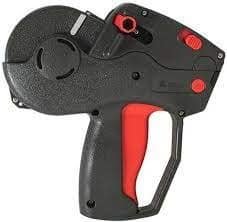
This is an absolute must in any kitchen in my opinion. Speed is the main reason.
Let’s say you have a tray of portioned items. They are organized in 3 rows of 10 on the tray. With a date gun, you can have dates and product information on all of them in under sixty seconds.
This is so simple, there’s really not much more I can say on the subject except, to get one…or two.
Proper storage containers
Have I saved the best for last? Possibly. When it comes to storage containers, the possibilities are endless and there’s no one-size-fits-all solution.
It depends on what products you prep, the volume at which you prep those products, and how you want to keep those products stored. Then there are several considerations just in the latter statement.
Here are some frequently used methods:
- Square Cambros with lids – batch soups, sauces
- Lexan ⅓, ⅙, ½ pans – staged product for the line.
- Sheet pans or trays full and half – single layer products to thaw or prepped bags or portion stacks
- Large Lexans – bulky items such as chips, high-use vegetables, etc.

While there may be several solutions to the same problem, everyone does things a little differently. The key is to find what works for you in this particular area. Putting a system for a product in place means that you need to have the storage solution in hand before implementing said system.
Wrapping Up
Having a good prep system includes several components. Having the tools necessary on hand goes a long way toward the implementation of any system you put in place. It’s important to have a plan, have the tools, and training your new system to the staff will be much easier. So let’s get prepping!



